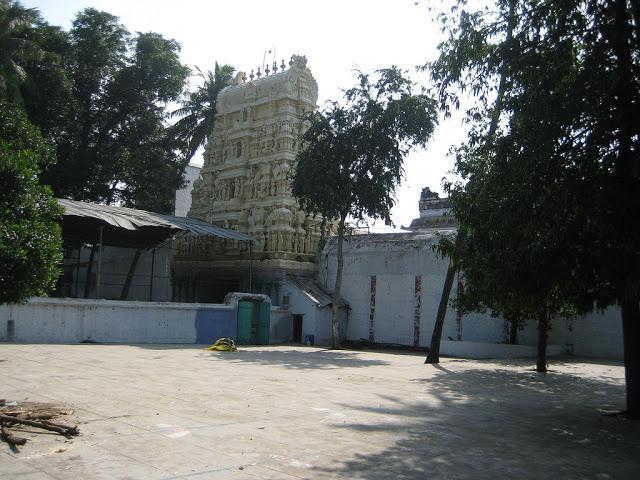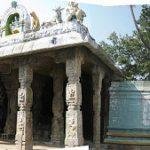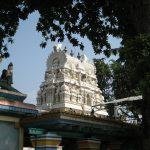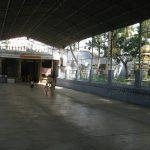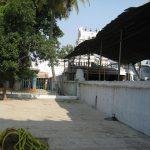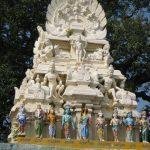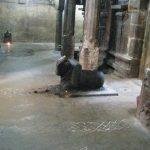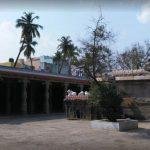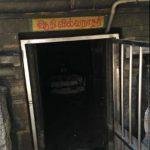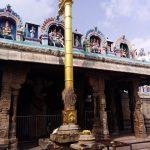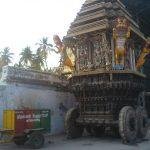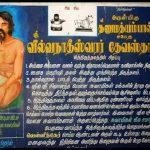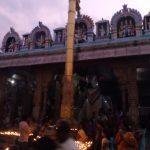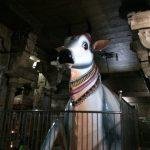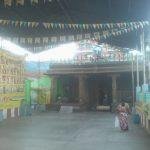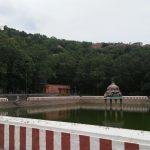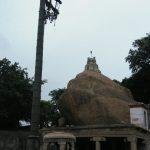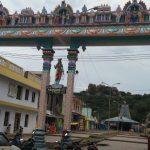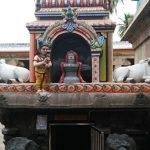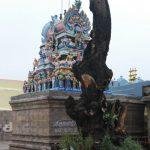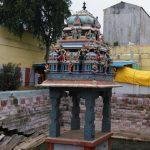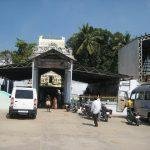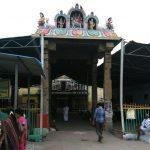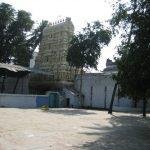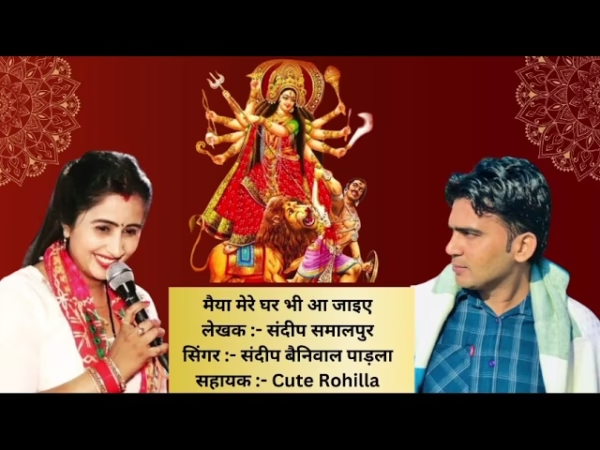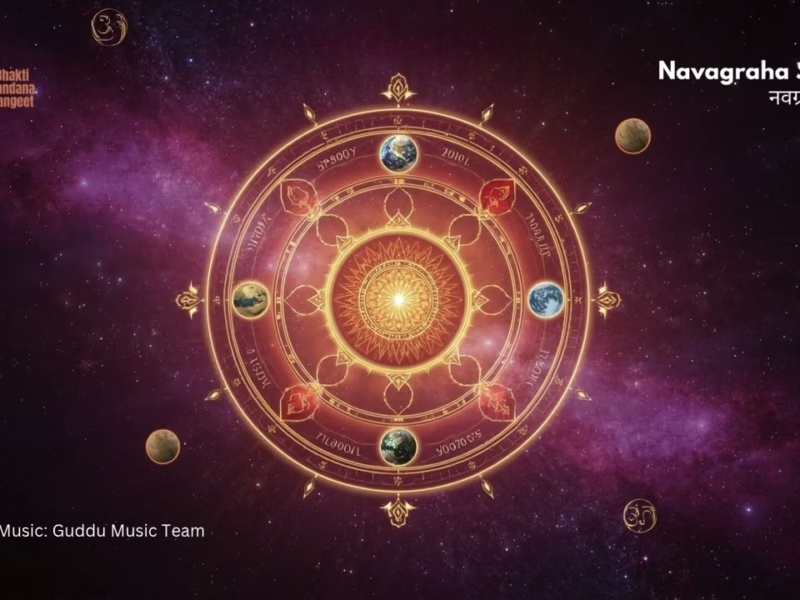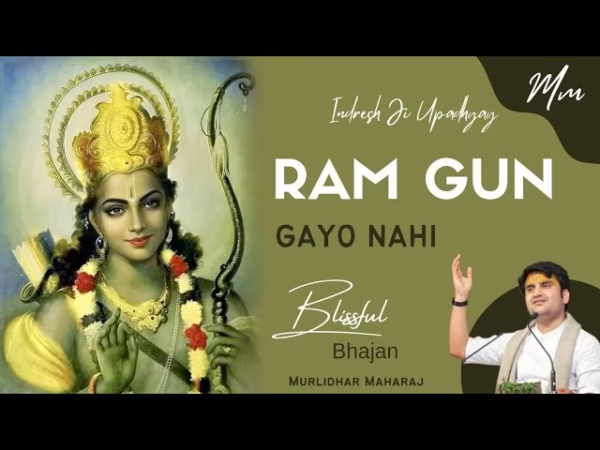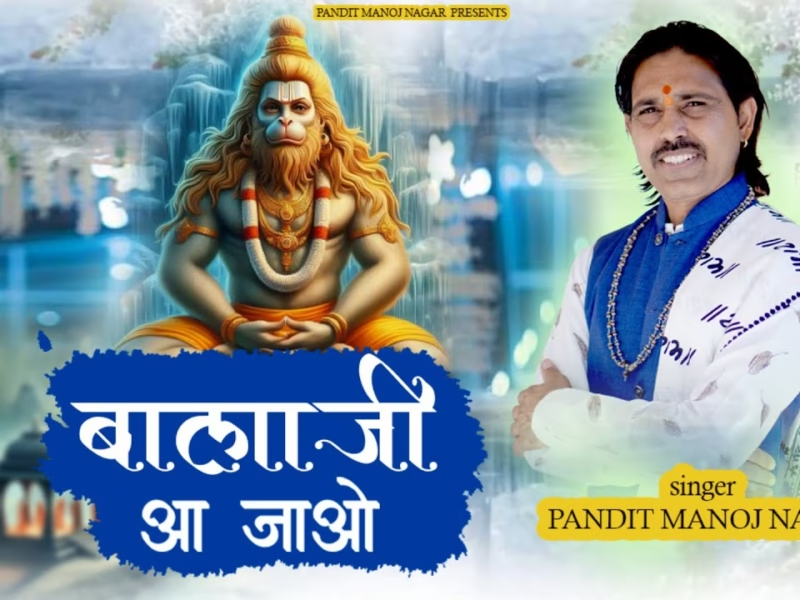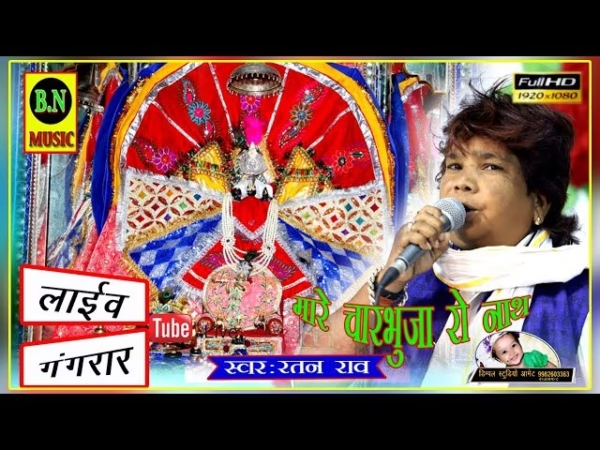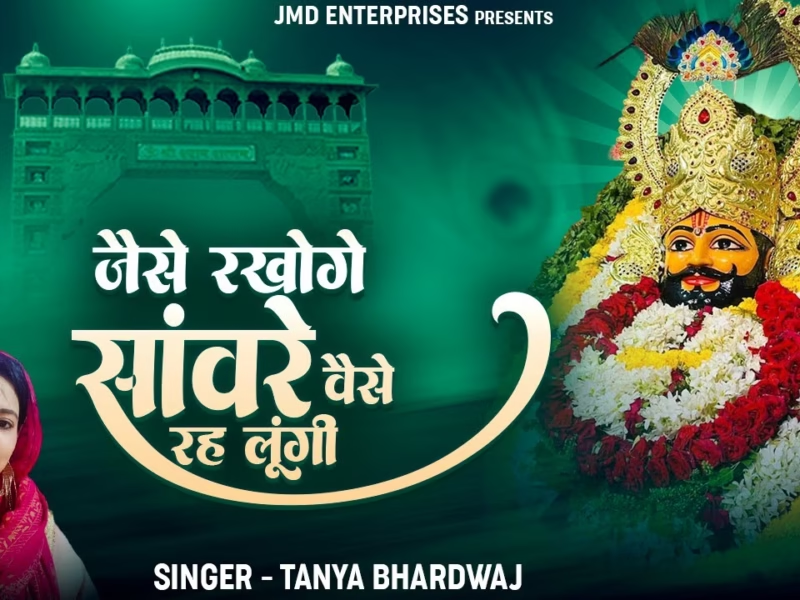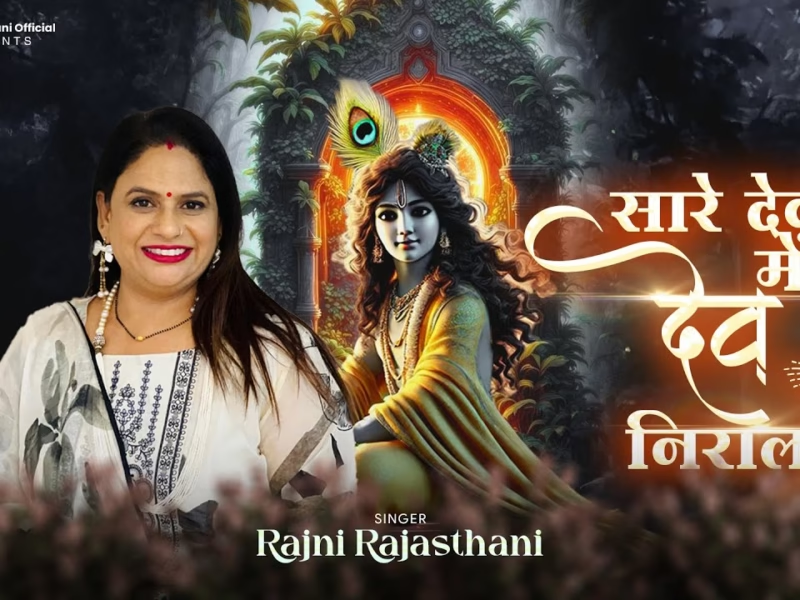Contents
Vilvanatheswarar Temple, Thiruvalam, Vellore
| Date built: | – |
|---|---|
| Deity: | Vilvanatheswarar |
| Architectural style: | Dravidian architecture |
| Major festivals | – |
| Locale: | Thiruvalam |
| District:: | Vellore |
| Address: | Vilvanatheswarar Temple,Thiruvalam Post, Ranipet Via, Kudiyatham Taluk,Vellore District – 632 515 |
| Phone | +91 9894922166 / 9043363818 / 9360040807 / 9245446956 |
This town as is today, was a gateway to the north, during the period of king Rajaraja Cholan. During the same period, the area comprising present day Chittoor to Hosur was called as Thondai Mandalam, which was ruled by Vandhiya Thevan / Vallavarayan Vandhiyaththevan. The town Thiruvalam as is known today was actually Thiruvallam, as the Temple Deity Vallanathar was the family deity of Vandhiya Thevan Vallavarayan. Just outside the Shiva temple, is the Samadhi of the great saint who was known as Thiruvalam swamigal. It is inferred that the temple of Vilvanathar dates prior to the Tanjore Brihadeeswarar Temple.
Temple Opening Time
This temple remains open from 6.30 AM to 12.00 PM morning and 4.00PM to 8.00 PM in the evening.
Festivals
On all full moon days, special poojas are performed to the Shiva lingams in the Kanjan hill. The event of Lord Shiva granting “mukthi” to the demon Kanjan is celebrated in a grand manner on the 10th day of the Tamil month of Thai (January-February). On this day, the procession idol of Lord Shiva is taken to Kanjangiri (a nearby hill). Other important festivals celebrated in this temple are – Brahmotsavam in the Tamil month of Panguni (March-April) and Theerthavari in the Neeva river on Masi Makam day (February-March).
Prayers
Consuming the prasadam here bestows the devotees with wisdom and progeny. It also relieves the devotees from skin problems and laziness. As Lord Shiva is named Vilvanatheswarar, Vilwa leaves are offered as Prasad. Consuming the Prasad, according to faith, relieves devotees from dullness and skin problems and ensures child boon and wisdom. Devotees perform abishek and archanas to Lord and Mother and offer Vastras.
Architecture
Legend / Local stories
Swayambu Lingam:
According to legend, in ancient times this region was densely covered with Vilva trees. It is believed that once, a few locals had noticed a cow pouring its milk on a particular ant-hill every day. After clearing that place, they found a Swayambu lingam and built a temple around it.
Lord Shiva ordered Nandhi to Kill Demon Kanjan:
Another legend associated with this place is that when the temple priest used to bring water for Pooja / Abishekam, he was being troubled by a demon (asura) called Kanjan. The priest complained to Lord Shiva about his troubles and on hearing his plea, Lord Shiva instructed Nandhi (his mount) to kill the demon.
Nandhi executed the lord’s order and killed the demon. It is said that Nandhi tore the demon into eight pieces and these eight parts fell in eight different places – Lalapettai (skull), Seekarajapuram (head), Maveri (chest), Vadakal (right leg), Thenkal (left leg), Maniampattu (wrist), Kugayanallur (intestines), Narasingapuram (nerves) and Maruthampakkam (thorax). Later, in all these places Shiva temples were constructed.
Seeking absolution for his sins, the demon Kanjan pleaded to Lord Shiva. The lord answered his pleas and his request for pardon and granted him “Mukthi”. The lord also blessed him by saying that wherever his blood had fallen, a Shiva lingam would appear. Even today one can see hundreds of such Shiva lingams on the nearby hill. It is also believed that if one digs anywhere on the hill, he can find a Shiva lingam.
Since the lord instructed the Nandi to safeguard this temple from the demon, the Nandi idol at this temple is seen facing away from the lord and looking towards the nearby hill (Kanjangiri). The legend of Nandhi fighting with the demon Kanjan is depicted in a sculpture in the hall (Sabha Mandapam) and also in the form of reliefs chiseled on the hall pillars.
Story behind the name of Neeva River:
It is believed that since Lord Shiva found that the temple priest was struggling to bring water from the nearby river, he called the river to come near his temple. The river changed its course and started flowing near the temple. Since Lord Shiva called the river to come near to his temple (“nee vaa” meaning come here in Tamil), this river is now called Neeva.
Mukthi Sthalam:
Another legend related to this temple is that once a person was on his way to Kasi to dissolve a relative’s ashes (“Asthi”) in the Ganges. Since Thiruvalam was a famous pilgrimage centre in the past, he decided to take some rest here and he kept the ashes near the temple tank. When he decided to resume his journey, he was surprised to see the Asthi changed to jasmine flowers. He proceeded to Kasi as planned and after reaching there, another surprise awaited him – the jasmine flowers had again changed back to ashes.
Since he found that the Thiruvalam temple had changed the ashes into jasmine flowers, he decided not to dissolve the ashes in the Ganges, but instead bring it back to this temple and dissolve it in the temple tank itself. This temple is considered as holy as Lord Visvanatha temple in Kasi. This temple is also referred to as a Mukthi Sthalam (a place to attain salvation).
Theekkali Vallam:
It is said that Lord Shiva was worshiped by a demon (asura) called Theekkali, so this place is also known as Theekkali Vallam.
Adhi Sankara pacified Mother here:
Earlier the temple was called as Theekkali Vallam. The Ambal’s name of this temple was known as Theekkali Ambal (Jadaakalaabambal) and she was adorned an angry look. The Sthala Puranam says that Sri Adhi Sankara calm down the Ambal.
Thiruvalam:
It is believed that Lord Ganesha and Lord Subramanya had a quarrel for a mango fruit offered by Sage Narada. A contest was conducted that whoever goes around the world first and comes back here would be offered the fruit. While Lord Subramanya went around the world, Lord Ganesha encircled his Parents and got the fruit as a token of appreciation. Valam in Tamil means circumambulation. This is the place where Lord Vinayaka established the truth that “world” means Father and Mother and “Father and Mother” mean world.
He went around his Divine parents to show this truth. As he did the Valam here, the place came to known as Tiruvallam and changed as Tiruvallam. The famous competition between Vinayaka and Subramanya took place at Thiruvalam contrary to another version that states that the competition took place at Kailasam. ‘Thiru’ means ‘Sacred’ or ‘Holy’ while ‘Valam’ means ‘Circumambulation’. Here the Vinayakar is called “Kani Vangiya Vinayagar” (the lord who received the fruit).
Lord Mahavishnu worshiped Lord Shiva here:
As Lord Mahavishnu worshiped Lord Shiva here, his footprint is kept for worship in front of the flag post.
Vilvaranyam:
This is a legendary temple with great importance attached to it. This area of the temple was a forest full of Vilva Trees. Hence it was called as Vilvaranyam or Vilvavanam.
Photo Gallery
How to Reach:
The Temple is located at about 20 Kms from Vellore, 10 Kms from Ranipet, 18 Kms from Katpadi, 14 Kms from Walajapet, 34 Kms from Sholinghur, 60 Kms from Arakkonam, 58 Kms from Thiruthani, 56 Kms from Kanchipuram, 84 Kms from Sriperumbudur and 124 Kms from Chennai.
By Road:
The Temple is located at about 20 Kms from Vellore Bus Stand. Thiruvalam is located on Vellore to Katpadi Route. Thiruvalam is located on the bus route Chennai to Chittoor (Route No 144), after Ranipet. From Chennai, take a bus to Vellore and get down at Muthukadai after Walajah and catch a bus to Thiruvalam. Buses are available from Vellore, Chennai, Arcot, Ranipet, Katpadi and Arakkonam.
This temple is on the way to Katpadi from Walajapet via SIPCOT (Ranipet). While traveling from Vellore, take the Katpadi route, and take the road (towards east) to Thiruvalam at Katpadi bus stand. Proceed till you meet the Chennai-Chithur NH4 highway and Thiruvalam is right at this junction. Immediately after crossing the iron bridge of Thiruvalam one can see the temple on the left side. The Vilvanatheswarar temple is on the western bank of Pennai (Neeva) river.
While traveling from Chennai on the Bangalore highway, immediately after the tollgate at Walajapet, take the right road NH4 under a road over-bridge towards Chithur (old Bangalore road). Travel in the NH4 itself and you will pass through a railway Over-bridge and immediately after, you can see a junction of two bridges. Take the old bridge on the left and the temple is just at the end of the bridge.
By Train:
Nearest Railway Station is Katpadi Junction, located at about 17 Kms from the temple.
By Air:
Nearest Airport is Chennai Airport located at about 115 Kms from the Temple.
Contact Details
Vilvanatheswarar Temple,
Thiruvalam Post,
Ranipet Via, Kudiyatham Taluk,
Vellore District – 632 515
Phone: +91 416 2236088 / 2236491
Mobile: +91 9894922166 / 9043363818 / 9360040807 / 9245446956

